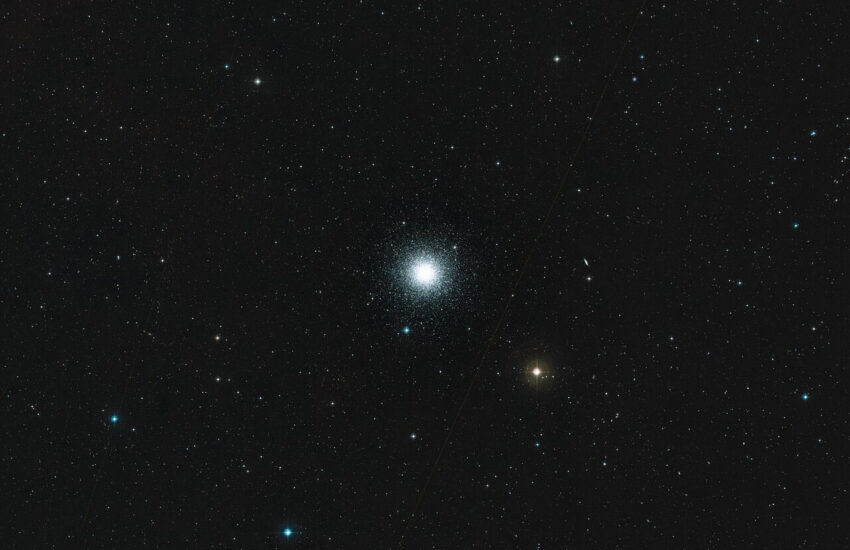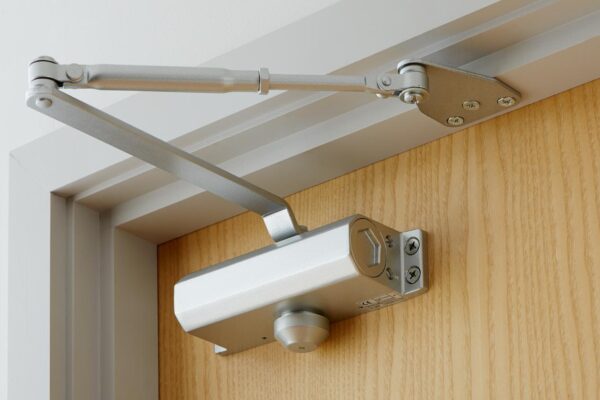NASA’s first lunar rover will scour the moon’s south pole for water in 2023
Once you get discounted, count the water between your most valuable resources: drink it, wash it, use it to feed your spacecraft. This humble molecule is fundamental for spatial exploration and exoplanetary colonization, so, before an international effort to establish a permanent human presence on the Moon (also known as the ARTEMIS program), NASA scientists plan to land the first Autonomous lunar rover of the world there in the search. Of dihydrogen monoxide deposits that are worth your weight in gold.
We have known that there is water ice on the surface of the Moon for almost thirty years, potentially hundreds of millions of gallons buried in the middle of Regolith in the poles, thanks to the pioneering efforts of Lunar Prospector, LCROSS and Sofía Misiones.
“Each mission, no matter what kind, whether it has been done or not, will stand on the shoulders of what was learned with other missions,” said Viper Project Manager. “Otherwise, you’re just pulling really a good learning.”
However, we do not necessarily have a great understanding of how those frozen molecules are really distributed or how to extract them better from lunar soil, and that is where the upcoming volatiles that investigate the polar exploration mission (Viper).
This golf cart size machine will be delivered to the South Moon Pole at the end of 2023 and will pass its 100-day scheduled mission that will travel the area for four “Ice Stability Regions”: Surface Regions in which we could find Ice alone in shallow regions where the ice is covered by 50 centimeters from Regolith, deep regions where the ice is buried up to 100 centimeters and dry regions where there is no ice present below 100 centimeters. Andrews points out that “these regions exist in all the place both in the north and in the south pole. There are thousands of them.”
As the viper is triggeous, it will use your neutron spectrometer system (NSS) to indirectly examine the soil around itself in search of water at depths up to three feet (.9m) looking for energy losses in cosmic rays ( Mainly in the form of neutrons) that occur when they hit the hydrogen molecules. And where there is hydrogen, there could be water.
Once the NSS finds an adequate concentration, the Viper will deploy its trident long meter (the drill of Regolith and ice to explore new areas) to deepen and lift soil samples for examination by the Volatile System of Near Infrared On-board (nirvss pronounced “nervous”), which can identify the form of hydrogen, whether they are free hydrogen atoms or slightly complex hydroxyl. And even before the Rover establishes a wheel of your orbital delivery vehicle, the mass spectrometer observing the lunar operations (MSOLO) will be made a display of gases that will start during landing for remote hydrogen atoms.
When the LCROSS mission hit a probe on the surface of the Moon, it measured and analyzed the resultingejection for water ice using variations of nine commercially available instruments that could go back to “all, from the instrumentation of NASCAR car to manufacturing” . The Viper mission is taking a similar tack. Although it is not directly a part of the mission itself, other units of the instruments that will land on board Viper will also be delivered to the Moon at 2021 and 2022 as part of NASA’s PayLoad Commercial loading services program for use In several experiments. This will serve as a type of jolt cruise for the instruments, which will allow Viper team to see how the team they are sending will operate under real-world conditions. “If the instruments work beautifully, well, well,” Andrews said. “If the instruments have a peculiar behavior that was unexpected, we can plan that on. And if they failed it, at least we have the opportunity to try to diagnose why it went wrong.”
While it will not be the first vehicle with wheels to roll by the Moon, it will be the first autonomous vehicle to do it with a much more important mission than to transport astronauts around. But the moon is a cruel lover and relentless, the presentation of a totally unique set of challenges do not face the greatest explorers that crawl at present more than Mars. On the one hand, Mars has an atmosphere (although thin), the moon has no one “which means it gets very, very hot, and it gets very, very cold,” Andrews said. “There is no one is moderating the atmosphere so that it becomes a very strong design point for the vehicle.”
What’s more, at the south pole, where the viper will be hanging around the sun they rarely have more than 10 degrees on the horizon, which causes “incredibly long shadows”, he continued. “And since there is no atmosphere, light conditions are such that it seems to be very, very bright and right next to it can be incredibly dark and black”, which can create chaos for visual navigation systems.
And then there is the regolith -, loaded electrostatically, the insidiously invasive floor of great sharpness of the moon. Created from Eons of Micrometeorite Impacts, the subject has incorporated in Berms and hills, craters and valleys aligned through the lunar surface. Regolito can stack high and deep enough to bury the tastes of a viper. So to make sure that the vehicle remains mobile, the Andrew team taught it to “swim”.
Under typical conditions, the wheels of the viper conventionally roll in the ends of a suspension system of the Balancing-Bogie axis at close speeds at an hour-mile-per-ampoules (which is 20 cm / s). Since the vehicle is propelled exclusively by solar energy with a 450W battery, instead of a radioactive core by hand, “we have to be able to move in any direction at any time, regardless of how [Viper es] indicated,” he explained Andrews. “That means we need to be able to pass from the crab. Thus, each of our four wheels has the ability to be directed independently “.
And when the findings itself rover plunged into regolve, you can convert these side wheels that acts as frightening downward. What’s more, the configuration of the suspension allows the robot to lift each wheel independently, as a foot. The combination of vertical movements with drag action in some way as a result excessive SHAQ-esque vibration.
“We know we’re going inside and out of craters – and, in fact, we want, because some of the areas in which the water that can be found will be in very dark permanent shadow craters – and because no robot or human has been There, we do not know exactly what is going to be like that, “said Andrews. “So we need to improve the capabilities of the robot to handle a large amount of the unknown.”
The viper will not be driving blind, it does not matter. NASA is already difficult in the production of a lunar roadmap for help guide in the vehicle of your work day. 3D, metric scale maps were created using the NASA’s stereo open source software tool along with its supercomputer Pleiades to mount satellite images captured by the Lunar Recognition Orbiter using a technique known as Photoclinometry. With them, the Viper will be less likely to fall into the head or tip craters on wheels trying to climb a too steep slope.
Unlike their Mars-based cousins, Viper will not have to depend so strongly on automation thanks to its drastically shorter signal delay time – 6-10 seconds compared to the 15-20 minutes needed to talk to Mars . That remains too long a delay to take control of the viper directly from the earth, but will allow control of the mission to draw a series of incremental reference points 15 feet long navigation. “Once we chose the landing place … what will be in October,” Andrews said. “We are going to choose the optimal plan of travel for Rover to get both science as we can leave it.”
After Viper completes his mission, NASA researchers must have a much broader and more detailed view of water deposits, where they are in the region. But what will happen to Viper in itself once your functions are carried out?













